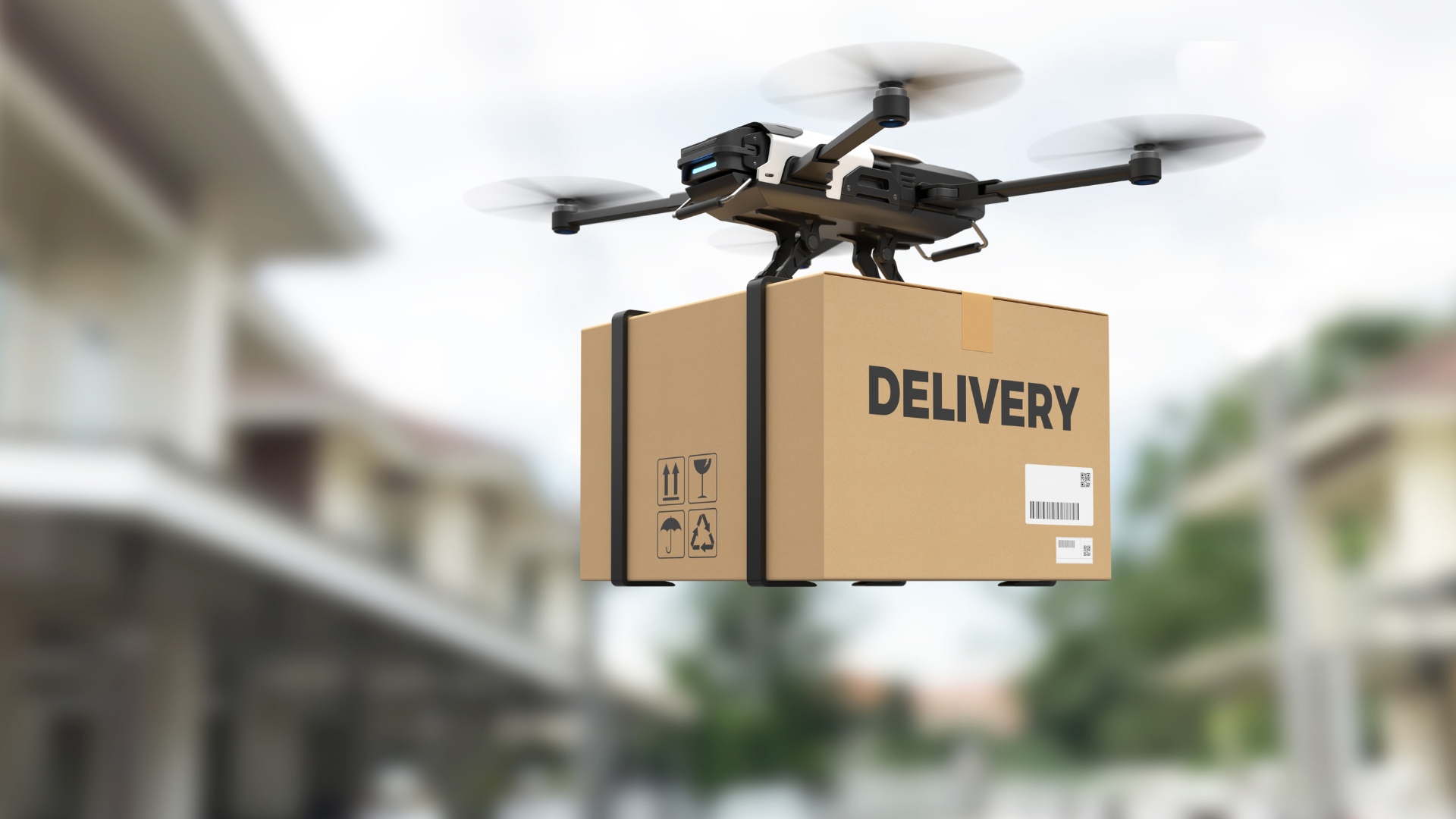The logistics industry has always been the backbone of trade and commerce, but in today’s fast-paced world, it’s evolving faster than ever before. With the rise of e-commerce, advanced technologies, and growing customer expectations, logistics companies are being forced to rethink how they operate. As we step into 2025 and beyond, several major trends are shaping the future of logistics and delivery.
1. Automation and Robotics in Warehousing
Warehouses are no longer just storage spaces—they are becoming smart fulfillment hubs. Automation through robots, conveyor systems, and AI-driven picking tools is making operations faster and more accurate. Companies like Amazon have set the benchmark with robotic fulfillment centers that reduce errors and speed up deliveries.
For smaller logistics companies, adopting affordable automation tools such as automated sorting machines or barcode scanning systems can also significantly improve efficiency.
2. Green Logistics and Sustainable Transportation
With climate change concerns at an all-time high, businesses are under pressure to reduce their carbon footprint. This means green logistics is no longer optional—it’s essential.
- Electric delivery vehicles and bikes are becoming more common in last-mile delivery.
- Companies are investing in route optimization software to reduce fuel consumption.
- Some logistics firms are even experimenting with drones to cut emissions in urban areas.
Sustainability is not just about protecting the environment—it’s also a way to win customer trust, especially with eco-conscious brands and consumers.
3. AI and Data-Driven Decision Making
Throughout the Workday
Artificial intelligence (AI) is transforming how logistics companies plan, predict, and deliver. AI-powered systems analyze massive amounts of data—such as traffic patterns, weather forecasts, and delivery times—to optimize routes and reduce delays.
Additionally, predictive analytics helps companies anticipate demand surges, such as festive seasons or big sales events, and prepare accordingly. This ensures faster deliveries and happier customers.
4. Rise of Same-Day and On-Demand Delivery
Customer expectations have shifted dramatically. Two-day delivery is no longer impressive—shoppers now want same-day or even one-hour deliveries.
This is pushing logistics companies to build micro-fulfillment centers in urban areas to keep inventory close to customers. Technologies like real-time tracking and dynamic route planning are also helping companies meet this demand.
5. Blockchain and Supply Chain Transparency
Trust and transparency are becoming crucial in logistics. With multiple players involved—manufacturers, suppliers, freight companies, and couriers—it’s often difficult to track where a package is at any given time.
Blockchain technology solves this by providing a secure, tamper-proof record of every step in the supply chain. This allows businesses and customers to see exactly where their shipment is, reducing fraud and delays.
6. Drone and Autonomous Vehicle Deliveries
While still in early stages, drone deliveries and self-driving trucks are slowly moving from pilot projects to reality. Companies like UPS and Amazon are testing drones for small parcel deliveries, while Tesla and other tech giants are working on autonomous trucks.
This technology could significantly cut costs and reduce delivery times in the future, especially in rural or high-traffic urban areas.
Conclusion
The future of logistics is smarter, faster, and greener. Companies that adopt automation, embrace sustainability, and leverage technology will be the ones that stay ahead in this competitive industry. The logistics sector is no longer just about moving goods—it’s about delivering speed, transparency, and value to businesses and consumers alike.



